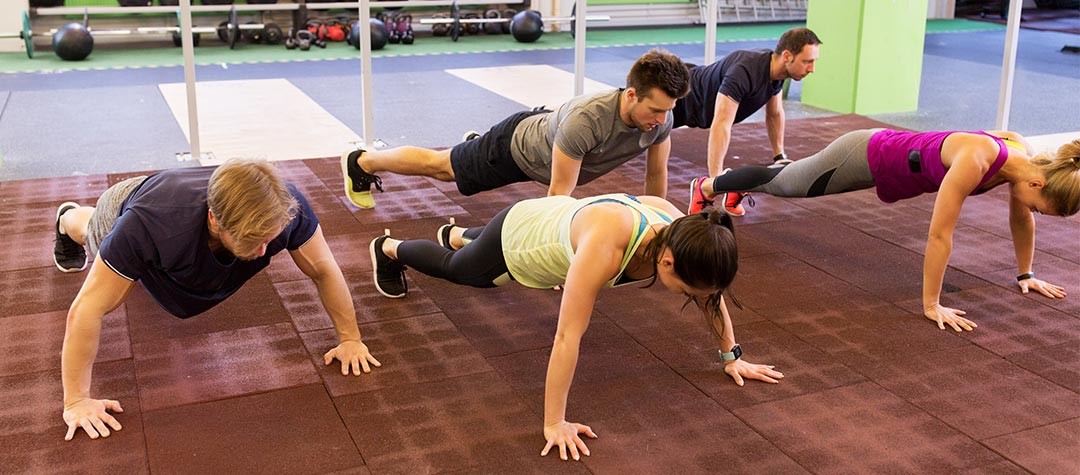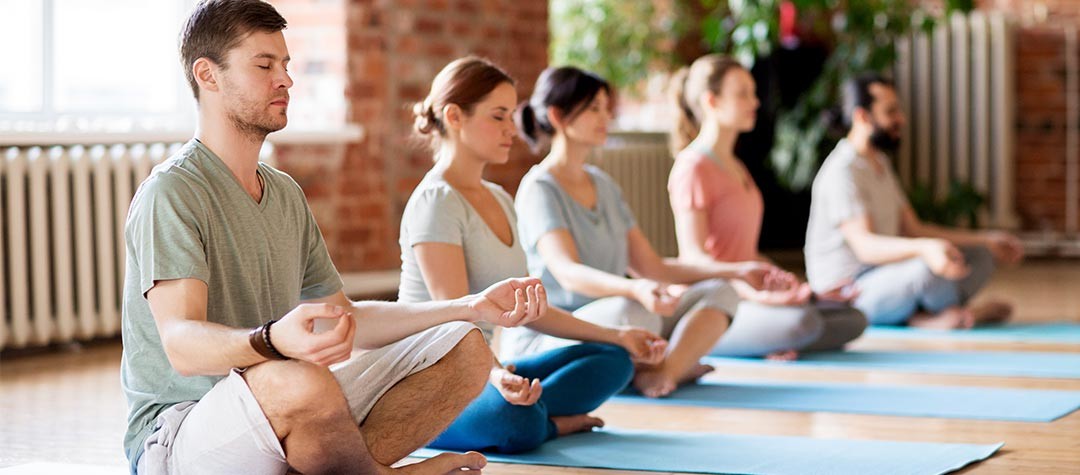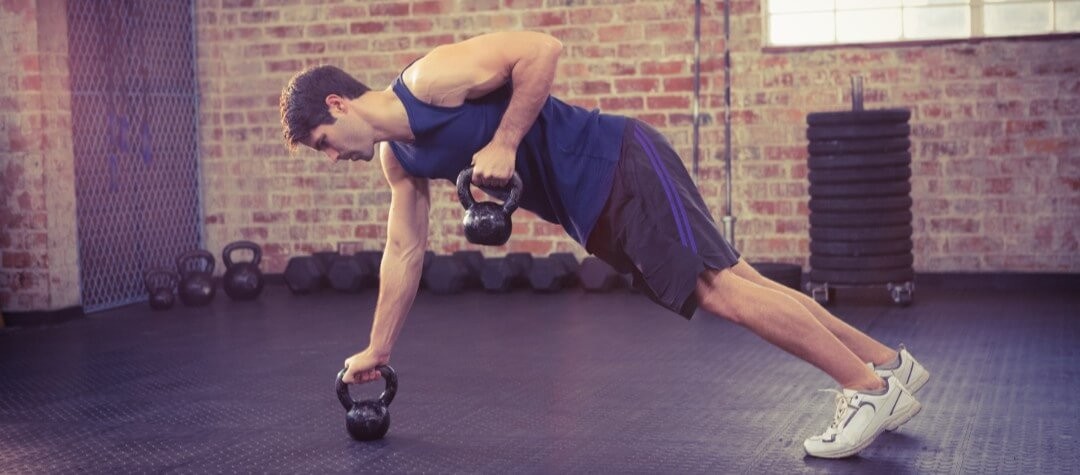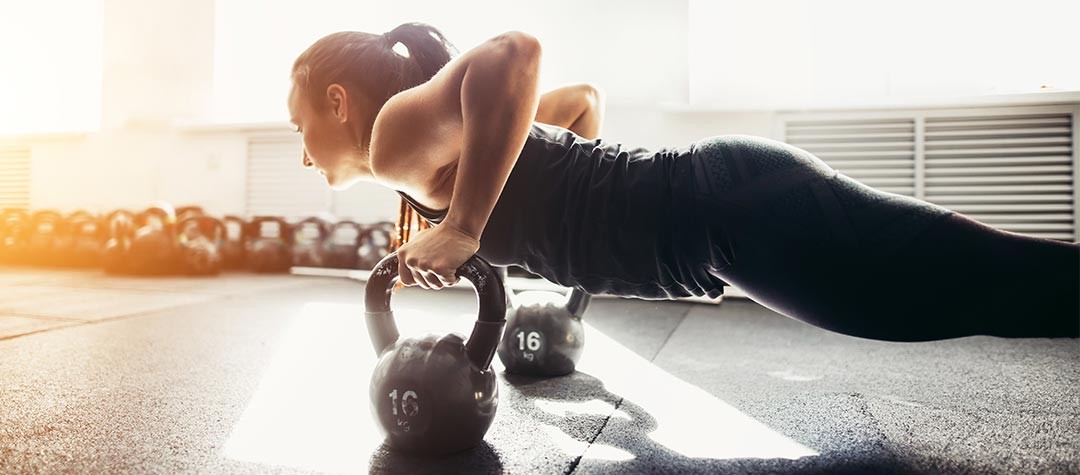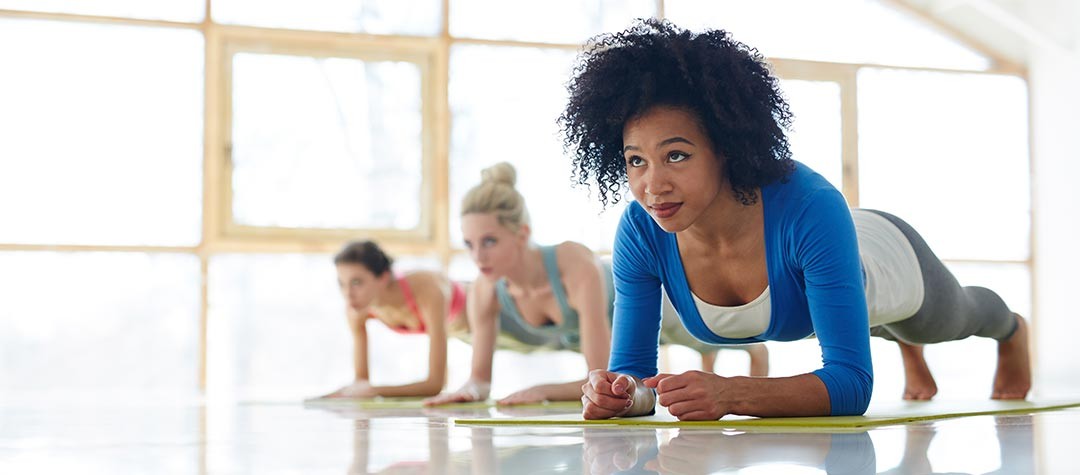Measuring fitness isn't just about tight abs, lifting heavy weights or fast running times. There are other less obvious ways to test your fitness, here are 10 ways that you can test your fitness yourself.
The results classifications (excellent, good, poor and so on) given for each of the tests/exercises are based on the average scores of healthy adults. Make sure you don’t get too hung up about where you fall in the stakes, instead just see your test result as a fitness guideline figure from which to improve on.
1. Resting heart rate – to assess aerobic fitness
Counting the number of beats of your resting heart rate (RHR) is a useful way of indicating your fitness progress. It should reduce as your aerobic fitness improves.
Your resting heart rate (RHR) represents the number of times your heart beats each minute when you are at rest. Since a strong cardiovascular system allows your heart to pump more blood with every beat, a lower RHR tends to correspond with higher aerobic fitness. Some athletes have recorded a RHR of 40.
How to do this exercise
To measure your RHR, place two fingers either on your neck, just below your jawline (carotid artery), or on your wrist (radial artery), and then count the number of beats you feel in 60 seconds. You should count the first beat as ‘zero’. It is often thought that the best time to take our RHR is first thing in the morning.
Results of this exercise test:
- 60 or less = Good
- 61 to 80 = Average
- 81 to 100 = High, but still considered acceptable
- 101 or more = Abnormally high (not good!)
Your resting heart rate is a useful marker of your fitness progress, as it will drop as you get fitter.
2. Push-ups – to assess upper-body muscular endurance
Push-ups are a great indicator of your upper body strength and the progress of your muscle building exercise. Technically, this test measures muscular endurance rather than pure strength, as it is based on how many you can do in a fixed period of time rather than how much weight you can lift – but it is still a respectable measure of upper-body strength. Push-ups challenge the chest, shoulder and upper arm muscles – and require good core stability.
How to do this exercise
Assume a push-up position (if you can’t do any push-ups, then assume a modified position with your knees and lower legs on the floor). Each repetition must be executed with good technique: the body should remain in a straight line, the head should be in line with the spine, and the arms should bend to at least 90 degrees.
Results of this exercise technique:
- 30 or more for men / 25 or more for women = Excellent
- 25 to 29 for men / 20 to 24 for women = Good
- 20 to 24 for men / 15 to 19 for women = Not bad
- 19 or less for men / 14 or less for women = Needs work!
3. Head turning – to assess neck flexibility
Testing the flexibility of your neck will tell you how much more stretching and mobilising exercise you need to do to fully protect it from feeling tight.
The neck is the most mobile part of the spine – or at least it should be! Often the neck gets tight on one side due to favouring that side when using the phone, carrying a bag and completing other everyday tasks.
How to do this exercise
To test your neck flexibility, sit up tall and look straight ahead. Get someone to stand directly behind you as you rotate your head to the right. Ask them to note how much of your profile they can see. Eyelashes of the left eye? Nose in full profile? Now slowly return to the center and rotate your head to the left. Again, get your observer to assess how much of your profile they can see.
Results of this neck exercise
If you find you have a greater range of motion in one direction than the other, then you should incorporate stretches and mobilising exercises into your fitness routine to extend your flexibility .
4. 12-minute walk/run – to assess cardio capacity
Kenneth Cooper – the man credited for inventing ‘aerobics’ – developed his ‘Cooper Test’ in the 1960s and the method is still widely used to measure cardiovascular fitness. The test is mainly designed for running exercise – but you can walk it if necessary.
The important thing is to maintain a steady pace, rather than go hell for leather for three minutes and then crawl for the remaining nine. Cooper’s results are based on a mixed gender sample of thousands of people.
How to do this exercise
Use a flat, measurable route (an athletics track is ideal) or a treadmill. After a five-minute warm-up, set a stopwatch and run or walk at as fast a pace as you can sustain for the duration of the test. Record the distance and compare it to the values below.
Results of this exercise
- 1.46 miles (2.35 km) or more = Excellent
- 1.33 to 1.45 miles (2.14 to 2.33 km) = Good
- 1.32 to 1.26 miles (2.12 to 2.03 km) = Fair
- 1.25 miles (2.01 km) or less = Poor
5. Plank – to assess core stability
You’ve almost certainly heard of core stability (the strength and function of the deep stabilising muscles of the trunk) – but how is yours? ‘The plank’ will give you the answer, as it is a position that you will find difficult to hold if your core stability is poor. Simply practicing this exercise movement will soon get your core stabilisers firing.
How to do this exercise
Lie on your stomach with your forearms on the floor, elbows directly under your shoulders, fists facing each other. Tighten your core muscles, curl your toes under, then press down through your forearms and extend your legs to lift your body. Your head, neck, back and legs should form a straight line (like a plank of wood). Hold this position for as long as possible.
Results of this exercise
Holding the plank for two minutes is considered the benchmark for very good core strength. If you can hold the position for more than one minute, then you have a relatively strong core. A time of 30 to 60 seconds is average, while less than 30 seconds means that you need to work on it more.
6. Loop-the-loop – to assess shoulder mobility
Hours working at a computer, surfing the net, watching TV, driving or simply sitting with poor posture can cause the shoulders to tighten up and the joints to lose mobility. The loop-the-loop exercise test assesses your shoulder mobility in all directions.
How to do this exercise
Sit or stand with your right arm straight up, and then bend your forearm from the elbow and reach your hand down to between your shoulder blades. Then take the left arm behind you, palm outwards, and attempt to make the hands meet.
Results of this exercise
If you can link the fingers, then you’re doing exceptionally well. If they touch, you’ve got no problems. If the fingertips are less than two inches apart, you could do with a bit of extra mobility, and if the gap is more than two inches, you definitely need to do some more shoulder work. If the test is easier to do on one side than the other, it means that there is an imbalance between the right and left sides that needs to be addressed, too.
7. Wet footprint test – to assess foot strike pattern
Words like pronation and motion control are bandied around freely in running and fitness circles, but instead of forking out for a full-scale gait analysis, an easy and more cost effective way to test your type of foot and foot strike pattern you have is to carry out the wet footprint test yourself.
How to do this exercise
You need some plain concrete, or even a sheet of cardboard to walk on. Dunk your feet in water and then walk across the surface of the concrete or cardboard. Can you see the entire silhouette of your foot, or is it more of an outline, with just heels and toes showing?
Results of this exercise
- Toe prints plus heel but little in between = High arches. These are associated with excessive supination, or under-pronation.
- Entire foot shows = Low or flat arches. These are associated with over-pronation.
- Toes and forefoot plus heel, joined by a broad band = Normal or ‘neutral’ foot strike.
8. Vertical jump – to assess explosive power
Power is the ability to exert a force quickly. It’s what gets sprinters off the blocks and basketballers shooting hoops. To exert power, all your muscle fibers have to be recruited, so people with lots of endurance, but less strength, are often quite poor at it.
How to do this exercise
To assess your power, stand next to a clear wall space and raise your arm which is closest to the wall as high as possible while standing with your feet flat on the floor. Mark the spot where your fingertips touch the wall. Once you’ve done this, leap up as high as possible, arms overhead, and touch the highest point you can on the wall. If there isn’t anyone there to mark the spot you reach, you can smudge some chalk on your finger to make a mark. Now you need to subtract your standing height from your jumping height in cm and compare your result to those below.
Results of this exercise
- 61 to 70 cm for men / 51 to 60 cm for women = Very good
- 51 to 60 cm for men / 41 to 50 cm for women = Good
- 41 to 50 cm for men / 31 to 40 cm for women = Average
- 40 cm or less for men / 30 cm or less for women = Below average
9. Waist-to-hip ratio – to assess body fat distribution
Waist-to-hip ratio (WHR) is an assessment of the proportion of fat stored around the waist compared to the hip girth. Having an apple shape (carrying excess fat around the stomach) is worse for your health than having a pear shape (carrying excess baggage around your hips or thighs), as it is associated with heart disease and diabetes .
How to do this exercise
Measure the circumference of your hips at the widest part of your buttocks with the tape held firm but not pulling. Measure the circumference of your waist at the narrowest point. To determine the ratio, divide your waist measurement by your hip measurement.
Results of this exercise
For women, a healthy waist-to-hip ratio is less than 0.8. A healthy waist-to-hip ratio for men is less than 0.9.
10. Wall sit – to assess leg strength/endurance
This exercise test – in which you sit on an ‘invisible chair’ against a wall until your thighs tighten – is a great way to test your lower body strength.
How to do this exercise
Find a wall space, lean your back against it and shuffle your feet forward. Slide your back down the wall until your knee and hip joints are at a right angle, and then start your stopwatch. You should look like you are sitting on an invisible chair. Hold the position as long as you can bear while breathing freely.
Results of this exercise
- 76 seconds or more for men / 46 seconds or more for women = Very good
- 58 to 75 seconds for men / 36 to 45 seconds for women = Average
- 57 to 30 seconds for men / 35 to 20 seconds for women = Below average
- 30 seconds or less for men / 20 seconds or less for women = Poor

